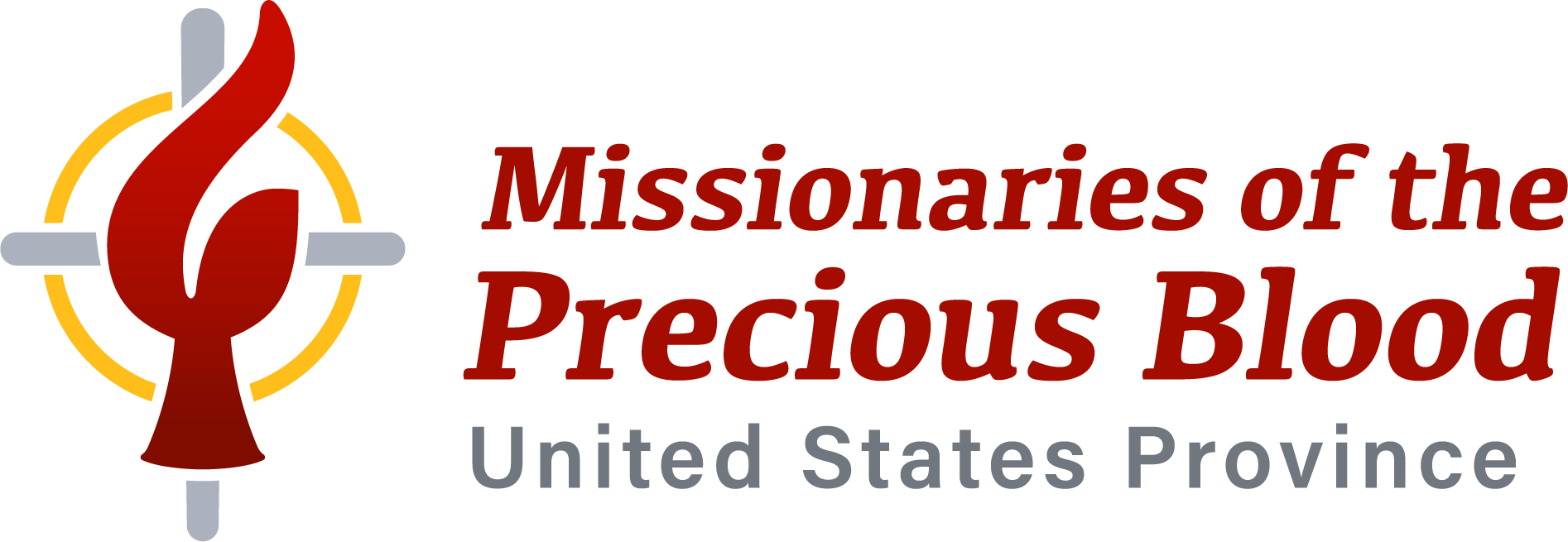[fusion_builder_container hundred_percent=”yes” overflow=”visible”][fusion_builder_row][fusion_builder_column type=”1_1″ background_position=”left top” background_color=”” border_size=”” border_color=”” border_style=”solid” spacing=”yes” background_image=”” background_repeat=”no-repeat” padding=”” margin_top=”0px” margin_bottom=”0px” class=”” id=”” animation_type=”” animation_speed=”0.3″ animation_direction=”left” hide_on_mobile=”no” center_content=”no” min_height=”none”]
![By Andrey Mironov (Own work) [CC BY-SA 4.0 (http://creativecommons.org/licenses/by-sa/4.0)], via Wikimedia Commons](https://preciousbloodkc.org/wp-content/uploads/2016/03/1024px-This_Man_Ecce_Homo._Mironov-200x300.jpg)
By Andrey Mironov (Own work) [CC BY-SA 4.0 (http://creativecommons.org/licenses/by-sa/4.0)], via Wikimedia Commons
Note that there is a gospel reading for the procession with palms, which may have a brief homily. The readings are the same for the cycles ABC, while the gospel Passion narrative cycles through Matthew, Mark and Luke according to the year. While some feel that the passion is long enough and pause “contemplatively” rather than sharing a homily with the people, this is arguably a mistake for three reasons: the contemplative reflection is too short to be contemplative, the readings themselves and the concept of emptying sacrifice could not be more appropriate for a culture of narcissism, and this would be a missed opportunity to call people into the liturgies of Holy Week. The practices of reconciliation form a scaffolding for the entire set of readings, and this provides an excellent lens through which to take this on and focus a homily. Sin, which precipitates all this should be addressed.
Palm Sunday A Lectionary Catechesis[/fusion_builder_column][/fusion_builder_row][/fusion_builder_container]
![By Andrey Mironov (Own work) [CC BY-SA 4.0 (http://creativecommons.org/licenses/by-sa/4.0)], via Wikimedia Commons](https://preciousbloodkc.org/wp-content/uploads/2016/03/1024px-This_Man_Ecce_Homo._Mironov-200x300.jpg)
